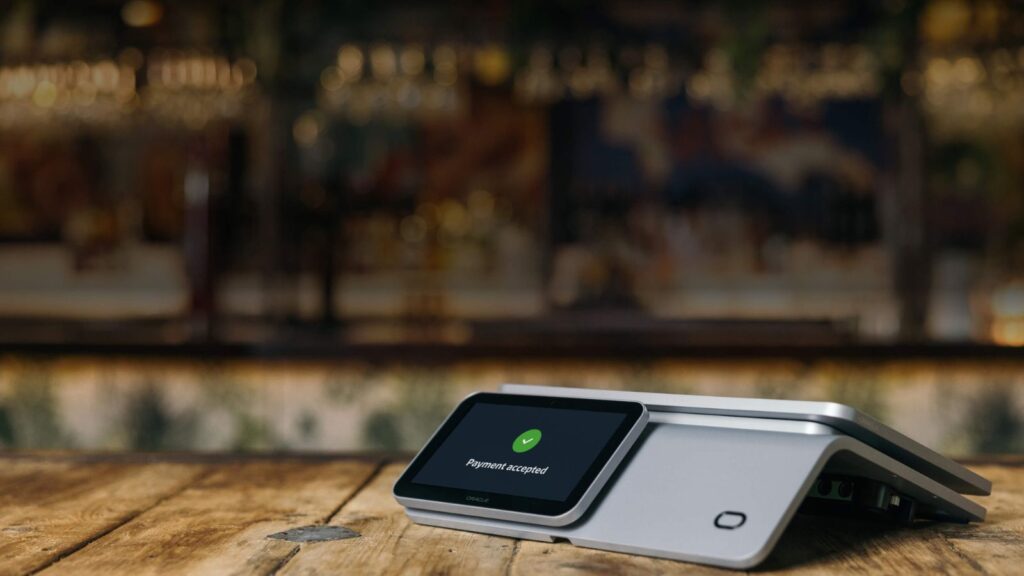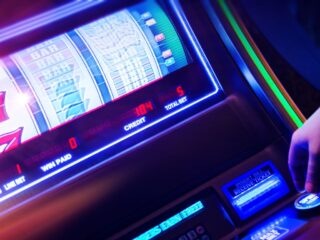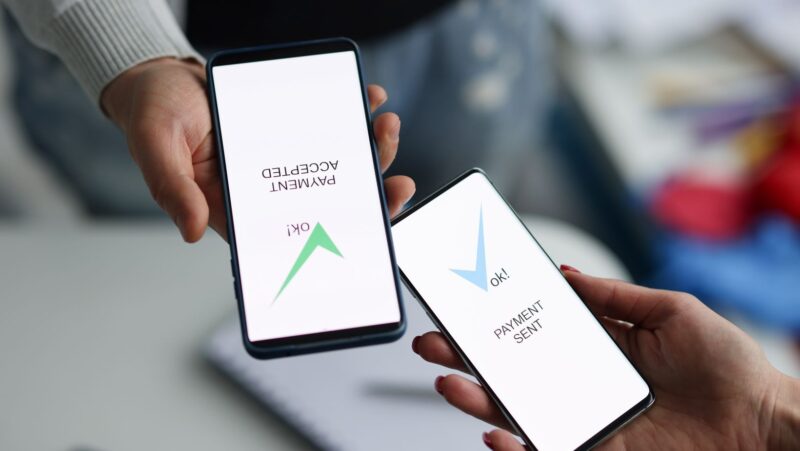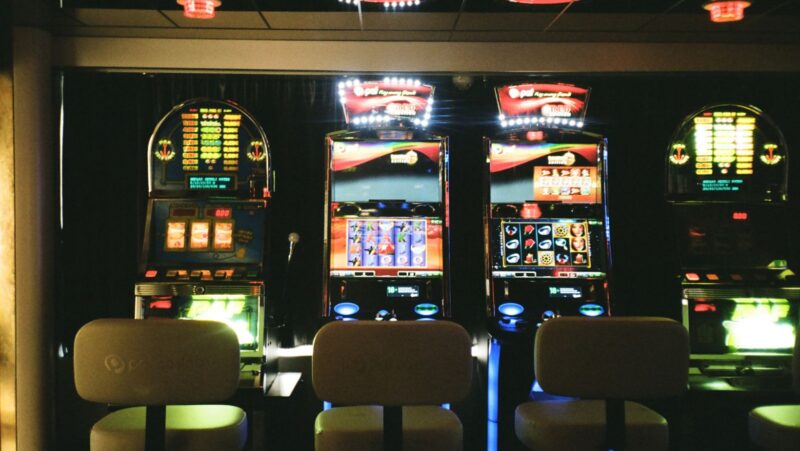
Running a restaurant has always been a complex operation—balancing culinary creativity, customer satisfaction, staff management, and razor-thin margins. But today’s restaurant owners have something their predecessors never had: access to modern technology that can streamline operations, enhance the customer experience, and significantly improve profitability.
From smart POS systems to AI-powered tools, tech is transforming how the food service industry functions. In this post, we’ll explore the key technologies that are reshaping restaurants in 2025, helping them stay competitive in an increasingly digital world.
1. Smart POS Systems: The Digital Nerve Center
At the heart of modern restaurant operations lies the point of sale (POS) system. Gone are the days of clunky cash registers and manual order tracking. Today’s POS systems are cloud-based, mobile-friendly, and packed with features that help restaurant owners manage every aspect of their business—from order taking and inventory management to staff scheduling and performance tracking.
One standout option is the Gloria Food restaurant POS system. Known for its intuitive interface and affordability, Gloria Food’s solution is especially ideal for small and medium-sized restaurants that want powerful features without breaking the bank.
Key benefits of using the Gloria Food restaurant POS system include:
- Real-time order management from any device.
- Integrated online ordering, so customers can place orders directly from your website or app.
- Automated table management to minimize wait times and optimize seating.
- Data analytics to monitor sales trends, popular menu items, and customer preferences.
- Seamless integration with kitchen printers, payment processors, and third-party delivery services.
A robust POS system isn’t just about managing transactions. It acts as the digital brain of your restaurant, giving you the insight and control to make smarter, data-driven decisions.
2. Online Ordering & Delivery Integration
In the post-pandemic era, online ordering is no longer a luxury—it’s a necessity. Customers expect the ability to browse your menu, customize their meals, and pay from the comfort of their homes.
Platforms like Uber Eats, DoorDash, and Grubhub have made this easier, but modern restaurants are increasingly adopting integrated online ordering systems that allow them to retain full control over the customer experience (and avoid those hefty third-party fees).
Gloria Food, for example, not only offers POS capabilities but also provides a free online ordering system that integrates directly with your website. This helps:
- Increase direct sales.
- Build stronger customer relationships.
- Capture valuable customer data for future marketing efforts.
By integrating your online ordering system with your POS and kitchen operations, you ensure speed, accuracy, and better customer satisfaction.
3. AI-Driven Marketing Automation
Marketing can make or break a restaurant—especially in competitive urban environments. Fortunately, AI-powered tools are making it easier to attract and retain loyal customers.
Modern marketing platforms use artificial intelligence to:
- Analyze customer behavior and predict preferences.
- Automate email and SMS campaigns based on customer actions (e.g., a coupon sent after a missed visit).
- Personalize offers based on order history or favorite dishes.
- Manage loyalty programs that reward repeat customers.
Some tools can even sync directly with your POS system to send timely promotions—like offering a free dessert to someone who hasn’t visited in over a month.
This kind of hyper-targeted marketing helps boost return visits and increase average order value, all without requiring manual effort from your staff.
4. Smart Inventory & Waste Management
Food waste is a massive challenge for restaurants, both financially and environmentally. But thanks to smart inventory systems, it’s now easier than ever to track what’s coming in and going out.
Inventory management tools use AI and predictive analytics to:
- Monitor stock levels in real-time.
- Generate automatic restock alerts.
- Forecast demand based on historical data and seasonal trends.
- Identify high-waste items and optimize purchasing decisions.
Some advanced systems even connect to your POS to track which ingredients are used in each order, helping minimize over-purchasing and reduce spoilage.
By keeping inventory lean and accurate, restaurants can cut waste, save money, and operate more sustainably.
5. QR Code Menus & Contactless Payments
Since 2020, QR code menus have become mainstream—and they’re here to stay. Not only are they safer from a hygiene perspective, but they’re also easier to update and more environmentally friendly than printed menus.
Modern QR menu tools let you:
- Update pricing or item availability in real-time.
- Include images and detailed descriptions.
- Enable upselling suggestions (“Goes well with…” sections).
- Accept table-side ordering and payments for maximum convenience.
Combined with contactless payment options (Apple Pay, Google Pay, NFC cards), these tools help speed up service, reduce errors, and provide a smoother customer experience.
6. Staff Scheduling & HR Tech
Managing a restaurant team is no easy task—especially when dealing with shift work, last-minute call-outs, and seasonal fluctuations. New HR and scheduling platforms are helping restaurant managers stay ahead of the chaos.
Popular features include:
- AI-generated shift schedules based on employee availability, labor laws, and forecasted demand.
- Instant communication tools for shift swaps or team announcements.
- Time tracking and digital clock-ins to reduce payroll errors.
- Performance tracking and training modules to develop staff skills.
By automating HR tasks, managers have more time to focus on coaching their team and delivering great customer service.
7. Kitchen Display Systems (KDS)
Modern kitchens need speed and accuracy. Kitchen Display Systems (KDS) replace paper tickets and manual hand-offs with digital screens that show real-time orders from the POS.
Benefits of using KDS:
- Reduce miscommunication between front and back-of-house staff.
- Speed up food prep and reduce ticket times.
- Improve order accuracy and customer satisfaction.
- Track kitchen performance metrics (e.g., prep time per item).
When integrated with a smart POS system like Gloria Food restaurant POS system, the KDS ensures a smooth flow from order placement to delivery, minimizing delays and boosting efficiency.
8. Business Intelligence & Analytics
Data is power—and modern restaurants have access to more data than ever before. The key is turning that data into actionable insights.
Business intelligence tools can pull data from your POS, inventory system, marketing tools, and customer feedback platforms to show:
- Best and worst-performing menu items.
- Peak hours and staffing needs.
- Customer demographics and behavior trends.
- Marketing ROI and customer lifetime value.
With these insights, restaurant owners can make smarter decisions about menu design, pricing, staffing, and promotions—leading to better margins and long-term success.












